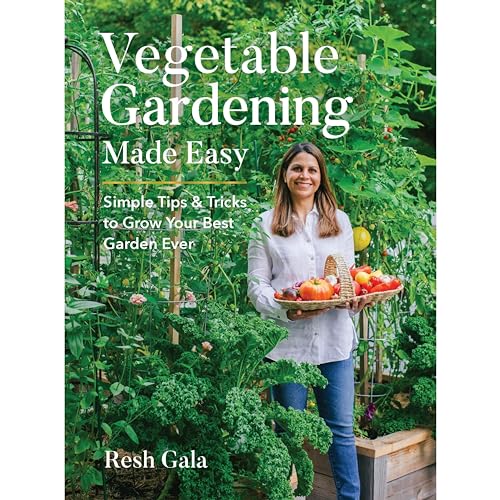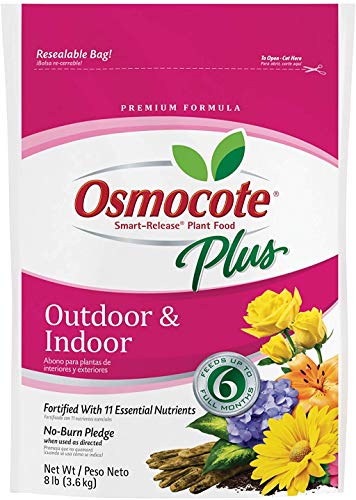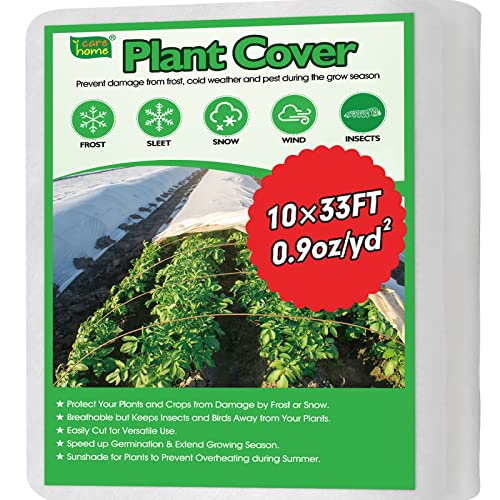5 Gardening Jobs to do After Your Last Frost Date — and How to Find When Your Frost Risk is Over
Gardening advice for spring often refers to last frost dates, but what exactly does that mean, and how do you find it? An expert explains all
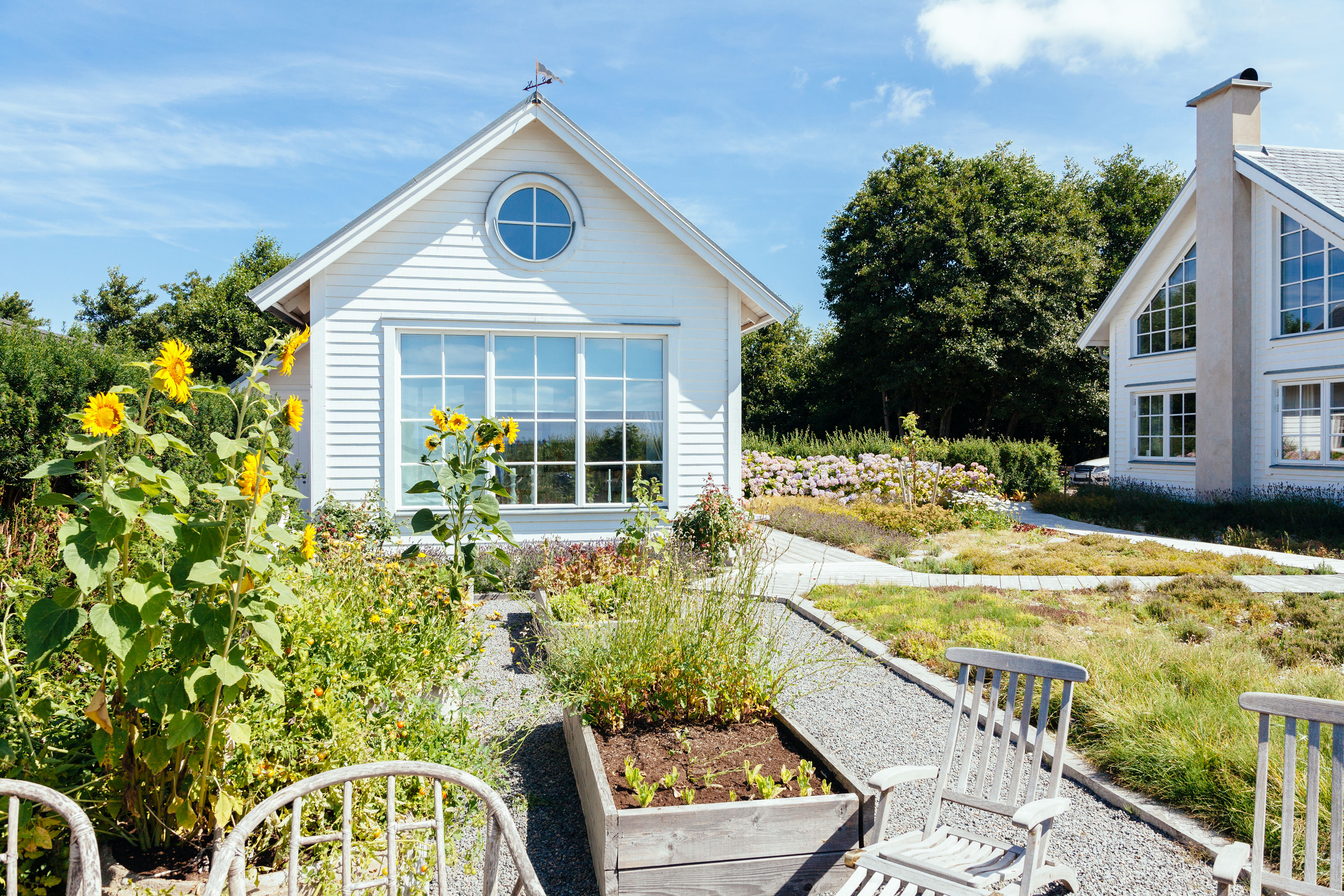

As the month marches on, it's starting to feel like spring is really just around the corner. That means I've got a growing impatience to get out into my yard and start to bring my outdoor space back to life for the new season.
However, many of the things I want to do in my modern garden come with a warning at this time of year — they're things I can only do after the "last frost date". It's a term that's pretty self-explanatory, but for beginner gardeners like myself (keen, but generally making it up as I go along), I hadn't stopped to think what this really means, and how I can find out when the last frost date is.
So I asked an expert. 'Knowing when your last frost date is important because that is the time when it’s safe to plant warm-weather crops in the spring,' Gail Pabst from the National Gardening Bureau tells me.
To really get stuck into what last frost dates mean for my growing season, I dug a little deeper with help from experts like Gail to help beginner gardeners better plan their yard activities.

Gail Pabst is the marketing director for the National Garden Bureau. This non-profit organization helps promote, educate, and inspire gardeners. Gail has a Horticulture degree from the University of Illinois and has worked in the industry for over two decades. She loves to encourage gardeners just to try it and grow something new!
How do you find the last frost dates?
I probably don't need to tell you that the answer to this question can be found in Google, but there are some guides to last frost dates that are easier to use than other. 'The best way is to look at a chart that will calculate your approximate date,' says Gail. 'This website is one of the easiest to use,' she recommends.
By putting in your area, you'll get a bit of an explainer about what the season is looking like for you this year, and the probabilities of a frost hitting your area so you can take a calculated risk. It's not, after all, an exact science. 'Of course, these dates aren’t foolproof - Mother Nature likes to keep us on our toes - but they’re a good place to start. You should plan around the frost dates but play it safe,' Gail says.
'For instance, if your last spring frost date is predicted to be April 18, consider waiting an extra week before planting tender crops, like tomatoes, in the garden.' Likewise, there are some crops that will survive a light frost you can probably safely plant a few weeks before, even if frost is still a risk. 'You may also want to keep a frost cover (like this one from Amazon) or a few cloches (like this budget-friendly one from Walmart) on hand, in case a last cold burst makes an untimely appearance.'
What do you need to wait until the last frost date to do?
There are some plants that, if you try to get into the ground too early, will simply perish if an unexpected frost hits. 'The plants will not grow and possibly freeze if it gets too cold,' Gail says. 'Then you have to purchase new plants. Just give it a little time and once the soil and temperature are warmer, they will grow successfully.'
This goes for edible crops, as well as some flower and plant seeds. 'It is also important to follow the last frost timing to know the ideal time for planting cetain flower seeds,' says Ashleigh Smith, a gardening expert and managing editor for True Leaf Market.
It also gives a clue as to when new growth will start for your garden's perennials, which will inform the tasks you undertake in your yard. 'Perennials will begin to emerge from winter dormancy once conditions warm to above 32 degrees Fahrenheit and continue vegetative growth,' Ashleigh explains.
Once you've found your last frost date, there are a few jobs you can get underway to ensure your garden is full of life come spring time.
1. Remove winterizing measures
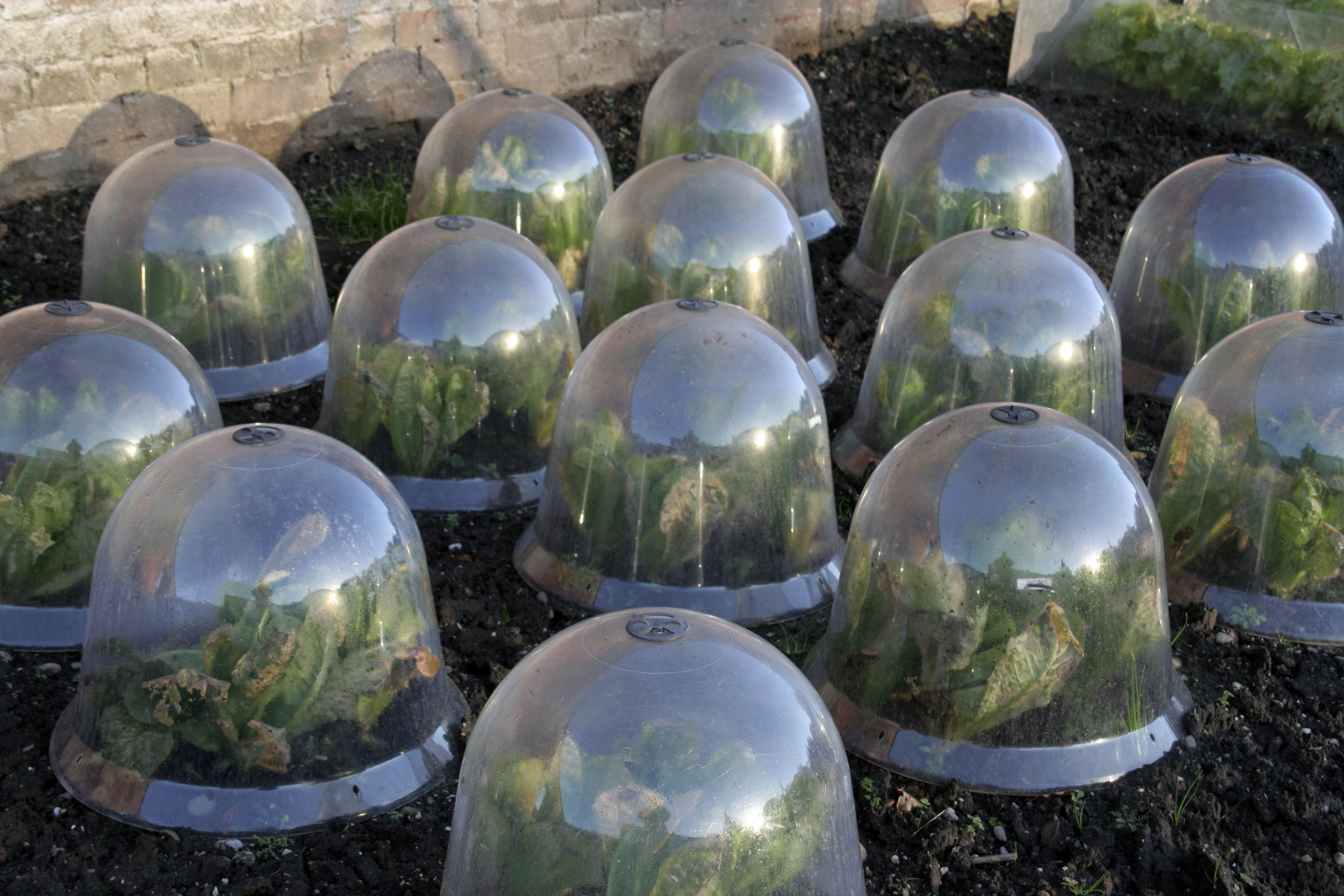
'When spring hits, it’s important to remove the winter protection that you might have added to your shrubs and garden,' Gail explains.
The issue depends on what you use to cover plants with. If you leave frost cloths over plants when the weather warms up, it can lead to issues such as mold, disease and more, and anything like a cloche left over plants when the sun is shining a little brighter can cause it to overheat and stress plants. The likes of fleece wrap on plants should also be removed, as this can cause sweating and even rotting in milder weather.
2. Clean up the remnants of winter

Now's the time to clean up your garden and get it ready for the new season. 'If you left your garden a bit messy for the wildlife, now is the time to remove older stems and leaves by cutting them down,' Gail recommends. 'Do not “grab and pull” because many of these plants like perennials will be starting new growth from the same plant crown and you will remove it then.'
'Don’t assume that if the plant is not showing any green or life right now that it is dead,' Gail adds. 'Some plants take a while to “wake up” and many have removed plants that were not dead, just still sleeping. For example, Hardy Hibiscus are late to break dormancy in spring. They’re not dead! When they do wake up, they’re off to the races growing more than an inch a day. Depending on the year, Hibiscus may stay dormant through the end of May.'
3. Prepare soil for new planting
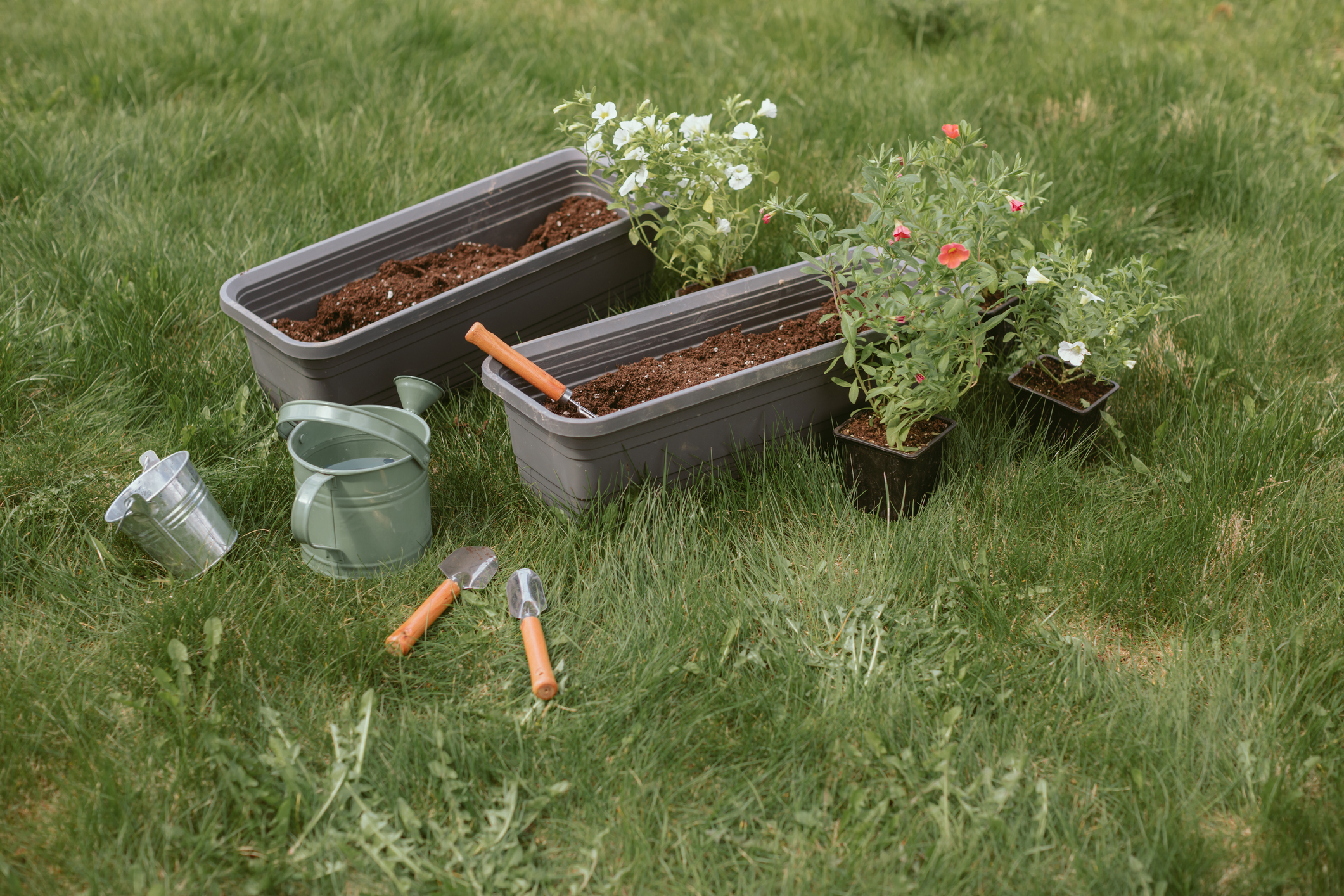
Before you start planting your new season plants, it's a good opportunity to amend garden soil in your flowerbeds or planters to increase its quality.
'Prepare the garden bed with new soil if needed,' Gail suggests. 'Incorporate a slow-release fertilizer (like this one from Amazon) into the soil at the beginning of the season. The specifics on how much and how often depend on a large number of variables like crops planted, etc.'
4. Plant new crops, by the temperature
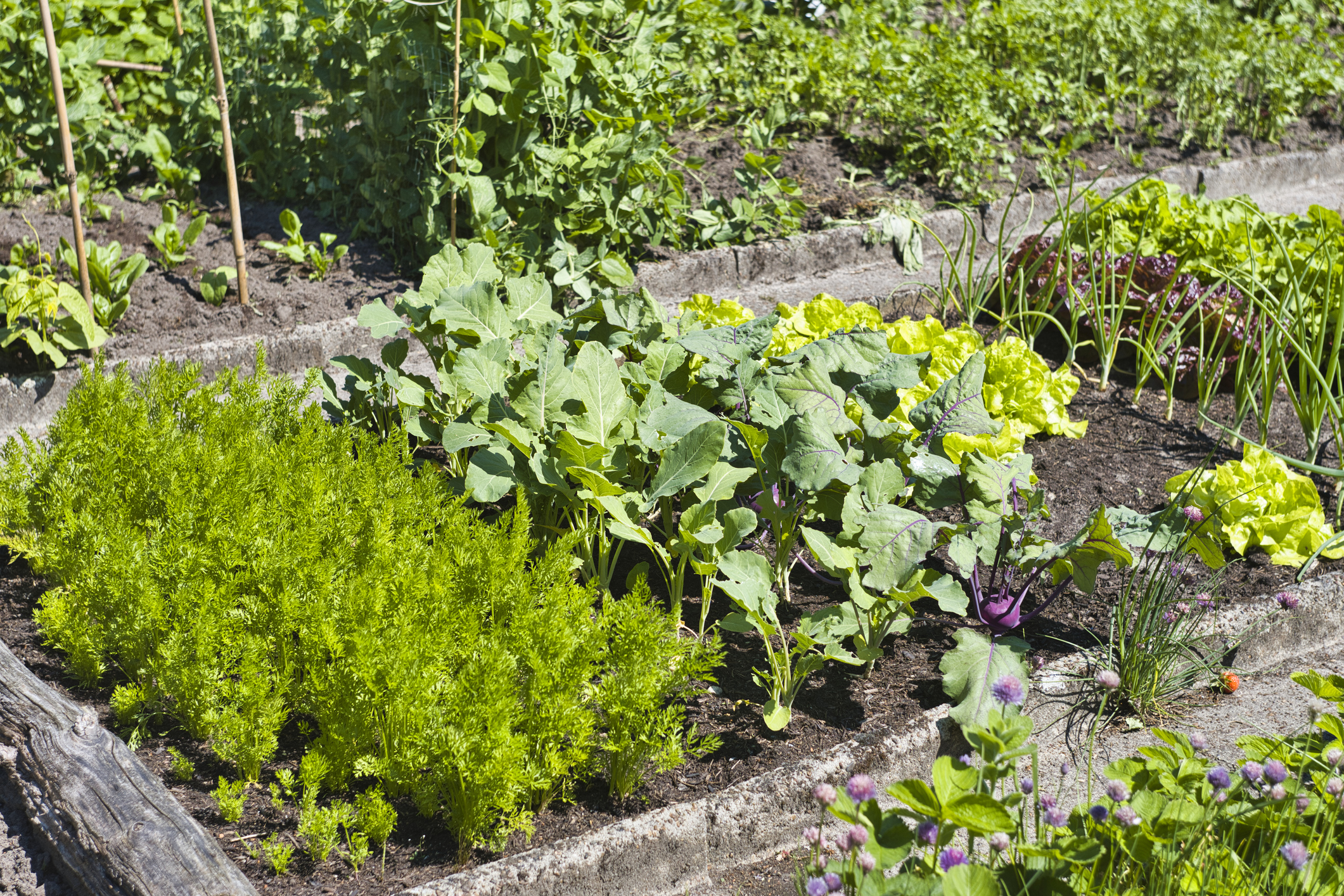
When it comes to planting for the new season, plan around the rises in temperature as to what goes in the ground when. 'Knowing your first and last frost dates is crucial to vegetable gardening success,' says Resh Gala, author of Vegetable Gardening Made Easy. 'This is often referred to as the "growing season".'
'Plant your cool weather crops first like lettuce, radishes and peas,' Gail suggests. 'They typically have shorter crop times and thus produce edibles earlier.'
'Cool-season crops such as spinach, mustards, cilantro, peas, carrots, beets, kale and other brassicas can survive a light to moderate frost and can be planted many weeks before your last frost date,' Resh adds.
5. Transplant indoor grows

You may have started some flowers and edible crops inside — it's easy to stat sweet peas indoors, for example, or start warm season crops like tomatoes and peppers where temperatures are a little kinder to them.
'Warm-season crops, such as tomatoes, cucumbers, peppers, eggplants, beans and melons are planted on or after your last frost date and die when the first frost hits,' Resh explains.
'However, be patient,' Gail warns. 'Many people plant their warm-weather plants (tomatoes, peppers, eggplants) early in their vegetable gardens, thinking they are getting a jump start and will have produce faster but in cooler weather, the plants will not grow and possibly freeze if it gets too cold. Then you have to purchase new plants. Just give it a little time and once the soil and temperature are warmer, they will grow successfully.'
Be The First To Know
The Livingetc newsletters are your inside source for what’s shaping interiors now - and what’s next. Discover trend forecasts, smart style ideas, and curated shopping inspiration that brings design to life. Subscribe today and stay ahead of the curve.

Hugh is Livingetc.com’s editor. With 8 years in the interiors industry under his belt, he has the nose for what people want to know about re-decorating their homes. He prides himself as an expert trend forecaster, visiting design fairs, showrooms and keeping an eye out for emerging designers to hone his eye. He joined Livingetc back in 2022 as a content editor, as a long-time reader of the print magazine, before becoming its online editor. Hugh has previously spent time as an editor for a kitchen and bathroom magazine, and has written for “hands-on” home brands such as Homebuilding & Renovating and Grand Designs magazine, so his knowledge of what it takes to create a home goes beyond the surface, too. Though not a trained interior designer, Hugh has cut his design teeth by managing several major interior design projects to date, each for private clients. He's also a keen DIYer — he's done everything from laying his own patio and building an integrated cooker hood from scratch, to undertaking plenty of creative IKEA hacks to help achieve the luxurious look he loves in design, when his budget doesn't always stretch that far.
-
 Jeremiah Brent Captures the Grit and Glamour of NYC in His New Loloi Collaboration
Jeremiah Brent Captures the Grit and Glamour of NYC in His New Loloi CollaborationThe TV-famous interior designer looked out of his own window — and hit the pavement — for a collection that turns city spirit into tactile design
By Julia Demer
-
 This Specific Fabric Print Is Literally Everywhere Right Now — Here's Why
This Specific Fabric Print Is Literally Everywhere Right Now — Here's WhyIt's whimsical, artistic, and full of character. We've called it already: Dedar's 'Tiger Mountain' is the fabric that will define 2025
By Devin Toolen
